What Is Long-Term Investing, Anyway?
Table of Contents
At its core, long-term investing is about buying stocks and holding onto them for years—often five, ten, or even twenty years or more. It’s the opposite of day trading or flipping stocks for short-term profits. Instead of obsessing over daily price swings, long-term investors focus on a company’s big-picture potential. Think of it as a marathon, not a sprint.
Picture Warren Buffett, one of the world’s richest men, who famously bought shares of Coca-Cola in the 1980s and still holds them today. His secret? He didn’t just buy a stock—he invested in a business he believed in, then let time and compounding do the heavy lifting. That’s the mindset we’re aiming for.
Long-term investing isn’t just about patience, though—it’s about strategy. It’s picking companies that can weather storms, grow steadily, and reward you handsomely over time. But before we get to the “which stock” part, let’s talk about why this approach is worth your while.
Why Hold Stocks for the Long Term? The Perks You Can’t Ignore
If you’re wondering whether long-term investing is right for you, here are some compelling reasons it’s a game-changer:
- The Power of Compounding: Albert Einstein reportedly called compound interest the “eighth wonder of the world,” and for good reason. When your stock grows and you reinvest dividends, your money starts earning money on itself. Over decades, this can turn a small investment into a massive nest egg. For example, $10,000 invested at a 10% annual return becomes over $174,000 in 30 years—without adding a dime!
- Fewer Fees, More Profits: Every time you buy or sell a stock, you pay fees—brokerage commissions, taxes, you name it. Trade too often, and those costs eat into your gains. Long-term investors keep it simple: buy once, hold, and watch the savings stack up.
- Stress-Free Investing: Let’s be real—watching the market’s every move is exhausting. Long-term investing lets you tune out the noise. A stock might dip 10% this week, but if the company’s solid, it’s just a blip on the road to growth.
- Bigger Returns Over Time: History backs this up. The S&P 500, a broad index of U.S. stocks, has averaged about 10% annual returns over the past 100 years, despite crashes and recessions. Short-term traders might catch a wave, but long-term holders ride the tide.
As legendary investor Benjamin Graham put it, “In the short run, the market is a voting machine, but in the long run, it is a weighing machine.” Translation? Over time, a company’s true value shines through. That’s what we’re betting on.
How to Pick the Best Stocks for the Long Haul: 5 Key Factors
Not every stock is cut out for a decades-long commitment. So, what should you look for? Here’s your checklist:

1. Rock-Solid Company Fundamentals
A great long-term stock starts with a great company. Dig into:
- Balance Sheet Strength: Low debt, plenty of cash, and steady profits are green flags. A company drowning in debt might not survive the next downturn.
- Competitive Edge: Does it have a “moat”—something that keeps rivals at bay? Think Apple’s brand loyalty or Amazon’s dominance in e-commerce.
- Earnings Growth: Look for consistent revenue and profit increases over years, not just quarters.
Tip: Check metrics like the debt-to-equity ratio (lower is better) or return on equity (higher indicates efficiency).
2. A Thriving Industry
Even the best company can falter in a dying industry. Focus on sectors with tailwinds:
- Technology (AI, cloud computing)
- Healthcare (aging populations, biotech breakthroughs)
- Renewable Energy (the green revolution)
Avoid buggy-whip makers of the modern age—think declining retail or fossil fuels without adaptation.
3. Top-Notch Management
A company is only as good as the people running it. Look for:
- A proven track record of smart decisions.
- A clear vision for the future (read annual reports or CEO interviews).
- Integrity—avoid leaders with scandals or short-term gimmicks.
4. Dividend Reliability
Dividends aren’t mandatory, but they’re a bonus. Companies that pay—and raise—them regularly (like “Dividend Aristocrats”) signal stability and confidence. Plus, reinvesting dividends turbocharges your compounding.
5. Fair Valuation
You don’t want to overpay, even for a great stock. The price-to-earnings (P/E) ratio can help—compare it to the industry average. A sky-high P/E might mean the stock’s overhyped, while a reasonable one suggests room to grow.
Armed with these factors, let’s meet five stocks that check the boxes.
5 Best Stocks to Hold for the Long Term (And Why They Shine)
Here are five heavy-hitters that could anchor your portfolio for years to come. Each brings something unique to the table, from innovation to stability.
1. Apple Inc. (AAPL)
- Industry: Technology
- Why It’s a Winner: Apple isn’t just a company—it’s a lifestyle. Its ecosystem (iPhone, Mac, Apple Watch) locks in customers, while its push into services (Apple Music, iCloud) and cutting-edge tech (augmented reality, maybe even cars) keeps it ahead of the curve. With billions in cash and a modest dividend, Apple’s a tech titan built to last.
- Risks: Heavy reliance on iPhone sales and supply chain hiccups.
2. Microsoft Corporation (MSFT)
- Industry: Technology
- Why It’s a Winner: Microsoft’s a chameleon—dominating software (Windows, Office) while conquering new frontiers like cloud computing (Azure) and AI. Its adaptability, steady growth, and growing dividend make it a no-brainer for long-term holders.
- Risks: Competition in cloud from Amazon and Google.
3. Amazon.com, Inc. (AMZN)
- Industry: Consumer Discretionary
- Why It’s a Winner: Amazon redefined shopping and cloud computing (AWS is a cash cow). Its relentless expansion—think healthcare, logistics, even space—means it’s always finding new ways to grow. No dividend, but its growth potential is astronomical.
- Risks: Regulatory scrutiny and high valuation.
4. Johnson & Johnson (JNJ)
- Industry: Healthcare
- Why It’s a Winner: J&J is a rock in stormy markets. Its diverse portfolio (pharma, medical devices, consumer goods) and 60+ years of dividend increases make it a safe haven. Healthcare’s evergreen demand ensures steady growth.
- Risks: Legal battles over talc and opioids.
5. Visa Inc. (V)
- Industry: Financial Services
- Why It’s a Winner: Visa rides the wave of cashless payments—a trend that’s only accelerating. Its network is nearly impossible to replicate, and its lean business model churns out profits. A small dividend sweetens the deal.
- Risks: Crypto or fintech disruptions.
Comparison Table: How These Stocks Stack Up
Let’s break it down with some numbers (hypothetical for illustration—always verify current data):
| Stock | Industry | 5-Year Return | Dividend Yield | P/E Ratio |
|---|---|---|---|---|
| AAPL | Technology | 200% | 0.6% | 30 |
| MSFT | Technology | 180% | 0.9% | 35 |
| AMZN | Consumer Discretionary | 150% | 0% | 60 |
| JNJ | Healthcare | 50% | 2.5% | 25 |
| V | Financial Services | 120% | 0.7% | 40 |
Disclaimer: These figures are examples. Past performance isn’t a crystal ball—do your homework!
Wisdom from the Pros: Quotes to Inspire You

Need a pep talk? Here’s what the experts say:
- “The stock market is a device for transferring money from the impatient to the patient.”
— Warren Buffett, Billionaire Investor - “In the short run, the market is a voting machine, but in the long run, it is a weighing machine.”
— Benjamin Graham, Father of Value Investing - “The best time to plant a tree was 20 years ago. The second best time is now.”
— Chinese Proverb (a timeless investing truth)
These nuggets remind us: patience and quality trump timing and hype.
FAQ: Your Long-Term Investing Questions, Answered
Got questions? We’ve got answers:
1. How long is “long-term” exactly?
Typically, it’s five years or more, but the real magic happens over decades. Think 10, 20, or 30 years.
2. Do I need to check my stocks all the time?
Not daily, but don’t set it and forget it entirely. An annual review ensures your picks still align with your goals.
3. What if my stock crashes after I buy?
Short-term dips happen. If the company’s fundamentals are strong, hold tight—it’s likely a bump, not a dead end.
4. Can I sell if I need cash?
Sure, but avoid knee-jerk reactions to market swings. Sell strategically, like to rebalance or fund a big goal.
5. How many stocks should I own?
Diversify with 10-15 across sectors. Too few risks disaster; too many dilutes your gains.
Wrapping It Up: Your Path to Long-Term Wealth
So, which is the best stock to hold for a long time? There’s no one-size-fits-all answer—it depends on your goals, risk tolerance, and timeline. But Apple, Microsoft, Amazon, Johnson & Johnson, and Visa are stellar starting points. Each offers a mix of growth, stability, and resilience that can carry you through decades.
Long-term investing isn’t about getting rich quick—it’s about getting rich smart. Pick companies with strong bones, in industries with bright futures, led by people you trust. Then, give them time to grow. As Buffett says, it’s about patience, not panic.






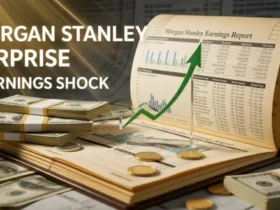
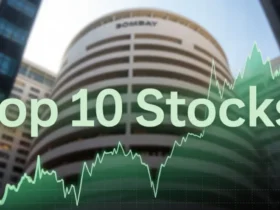



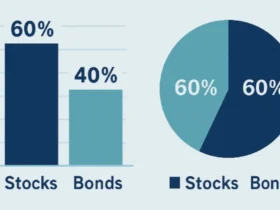
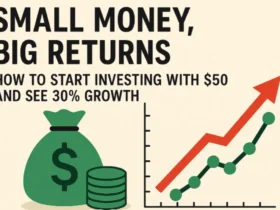











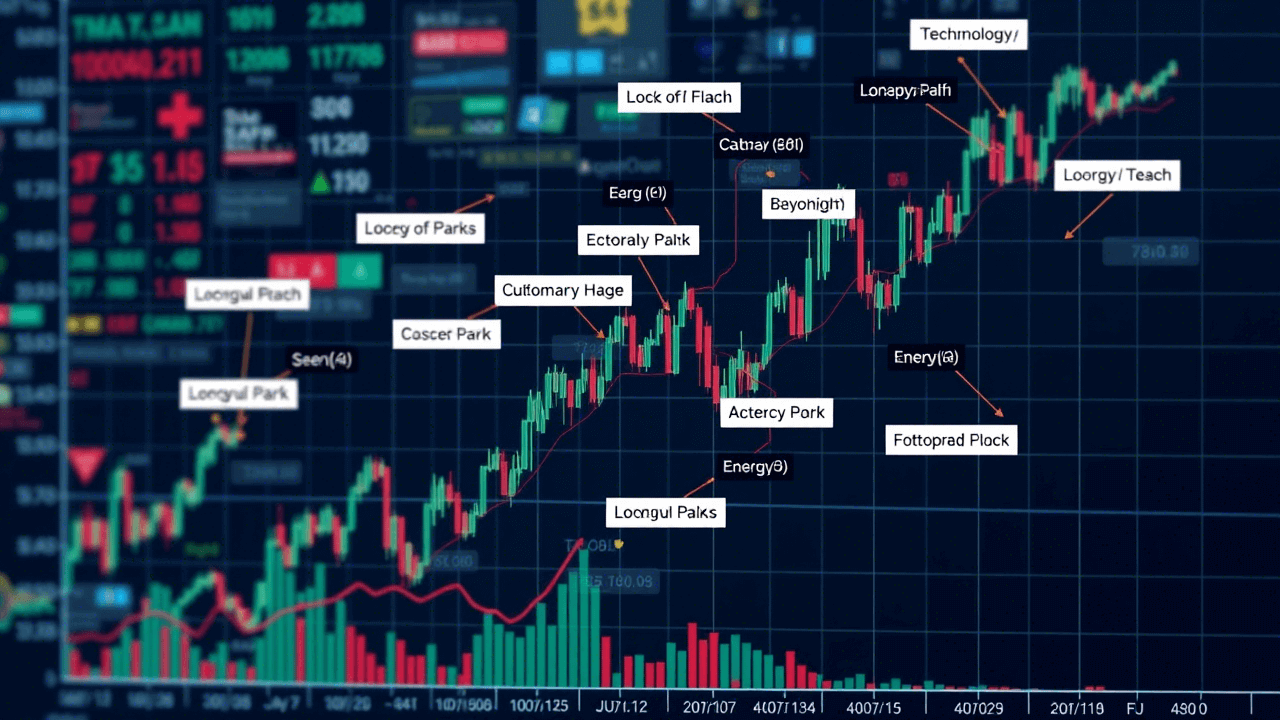





1 Comment